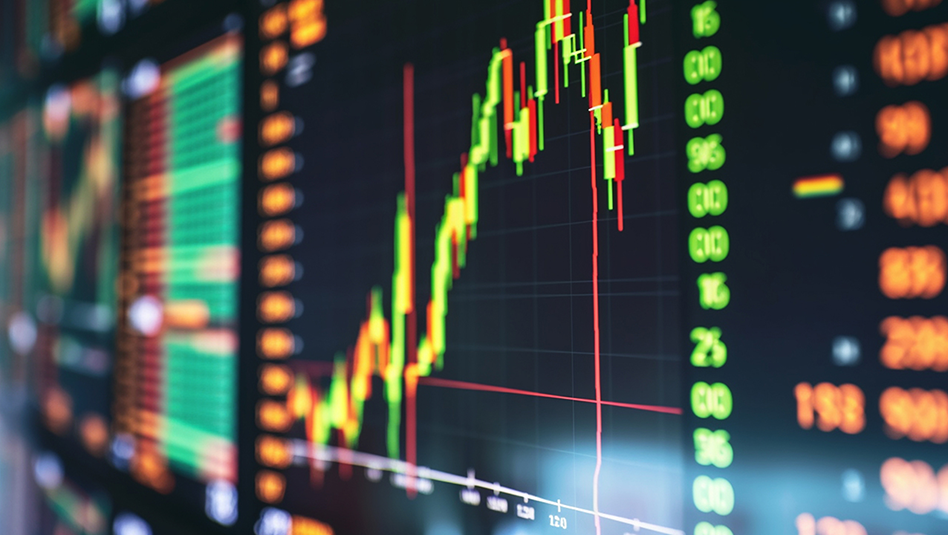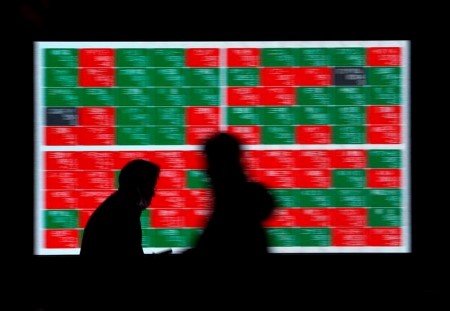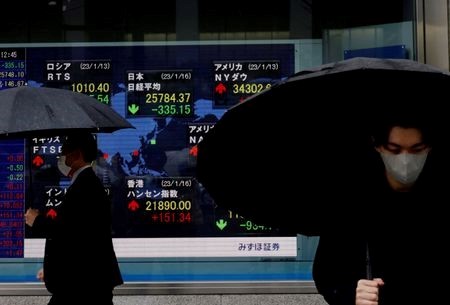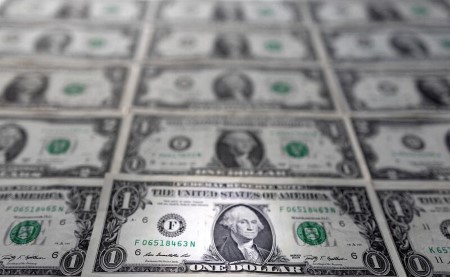TOKYO, Jan 18 (Reuters) – Japanese government bond yields eased back from the Bank of Japan’s 0.5% policy ceiling and the yen weakened from near seven-month highs on Wednesday, ahead of one of the most highly anticipated monetary policy decisions globally in years.
BOJ Governor Haruhiko Kuroda and his colleagues have investors on tenterhooks, and anticipation has been sky high for some additional policy change later in the day, from further tweaks to yield curve controls (YCC) to even their full abandonment.
Although it has been only a month since Japan’s central bank shocked markets by doubling the allowable band for the 10-year JGB yield to 50 basis points either side of the 0% policy rate – ostensibly to improve market function – the change emboldened speculators to test the BOJ’s resolve.
The time of the decision is not set but is expected between 0300 GMT and 0500 GMT.
The 10-year yield breached the BOJ’s ceiling for three straight sessions to Tuesday, including a tumultuous Friday, when it spiked to a 7-1/2-year peak of 0.545%, although it closed each day back at the 0.5% limit.
The benchmark yield eased 1.5 basis points to 0.485% as of 0037 GMT, after starting the day flat at 0.5%.
Ten-year JGB futures edged up to 145.04. They had dipped as low as 144.15 on Friday for the first time since March 2014.
“The trade-off for the BOJ here is shocking the market and creating some volatility event versus sort of digging yourself deeper into the hole,” said James Athey, investment director at Abrdn.
Athey, who has a short position on JGBs, said the best course of action for the central bank would be to get rid of YCC.
“Now is the time, because a lot of investors are short,” he said.
Taming yields has come at a cost, with the central bank splashing an unprecedented 10 trillion yen ($78 billion) on bond buying operations over Friday and Monday, calling into question the sustainability of the programme.
Also, signs of a need to end ultra-easy monetary policy are coming from consumer inflation, which in the most recent data was double the 2% target in Tokyo, and the possibility that stubbornly slow-to-rise salaries may also take off after Uniqlo’s parent company said it would raise wages by up to 40%.
The yen strengthened as far as 127.215 per dollar on Friday, the highest since May, amid bets that stimulus was on the way out – if not immediately, then at least after Kuroda retires at the start of April and a new governor comes in.
The currency last traded at 128.65, weakening some 0.4% compared with the previous session.
Japan’s Nikkei share average was 0.35% higher in early trading.
($1 = 128.2200 yen)
(Reporting by Kevin Buckland; Additional reporting by Ankur Banerjee; Editing by Bradley Perrett)







 DOWNLOAD
DOWNLOAD











